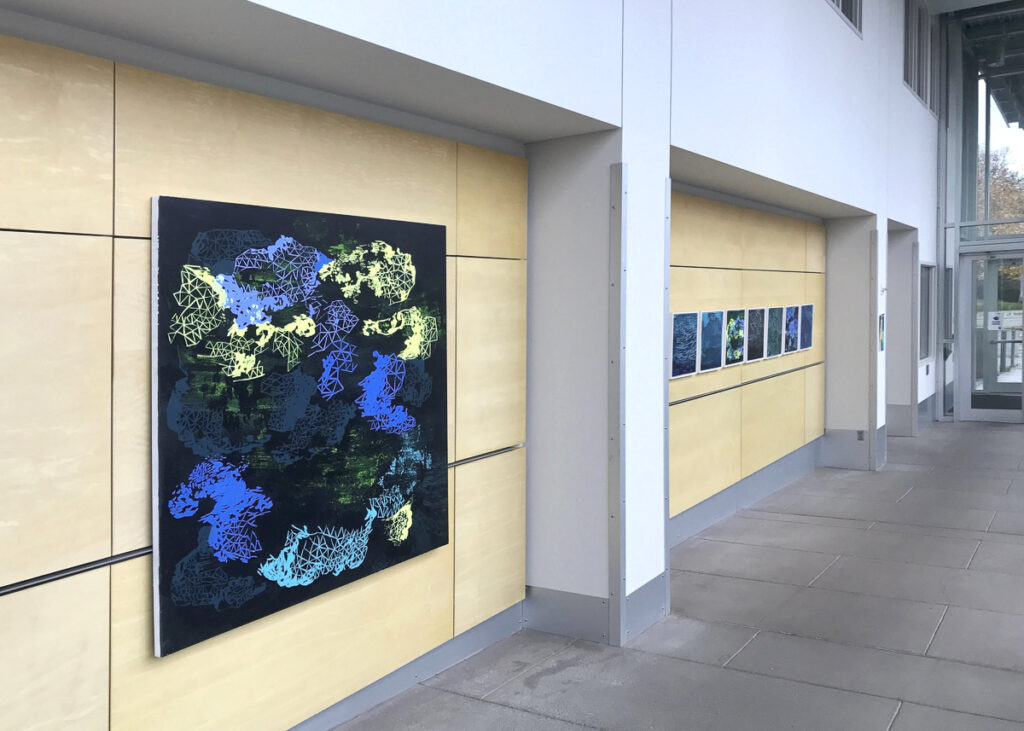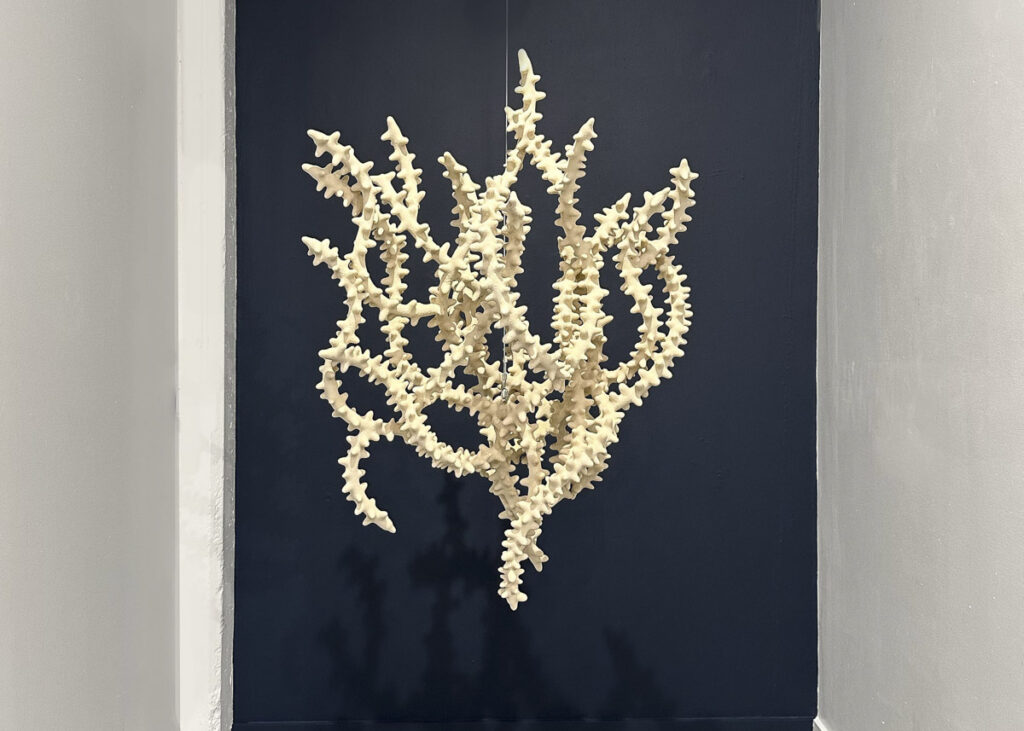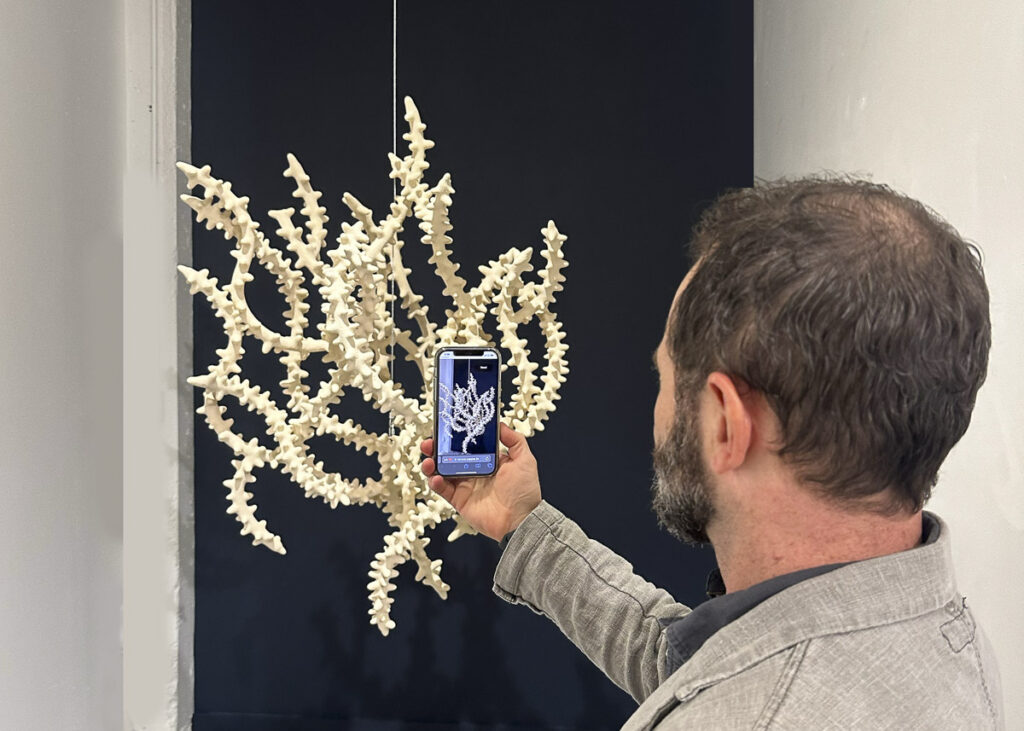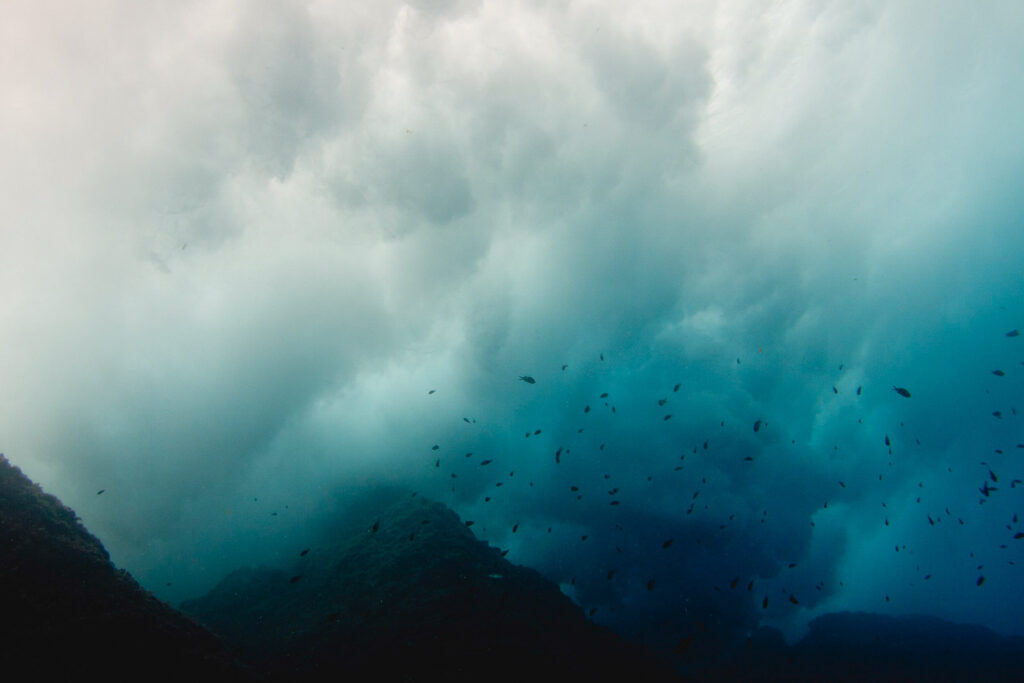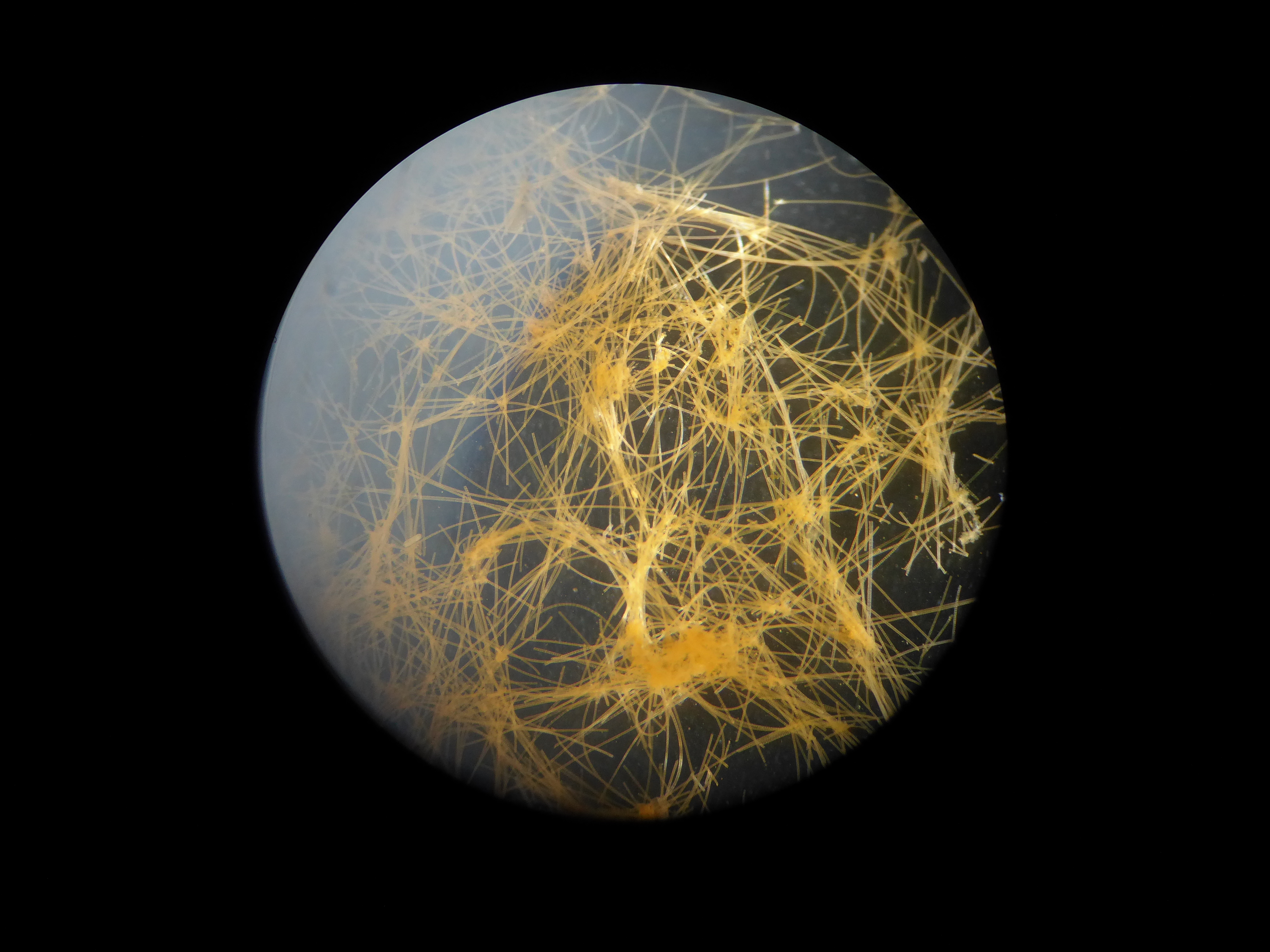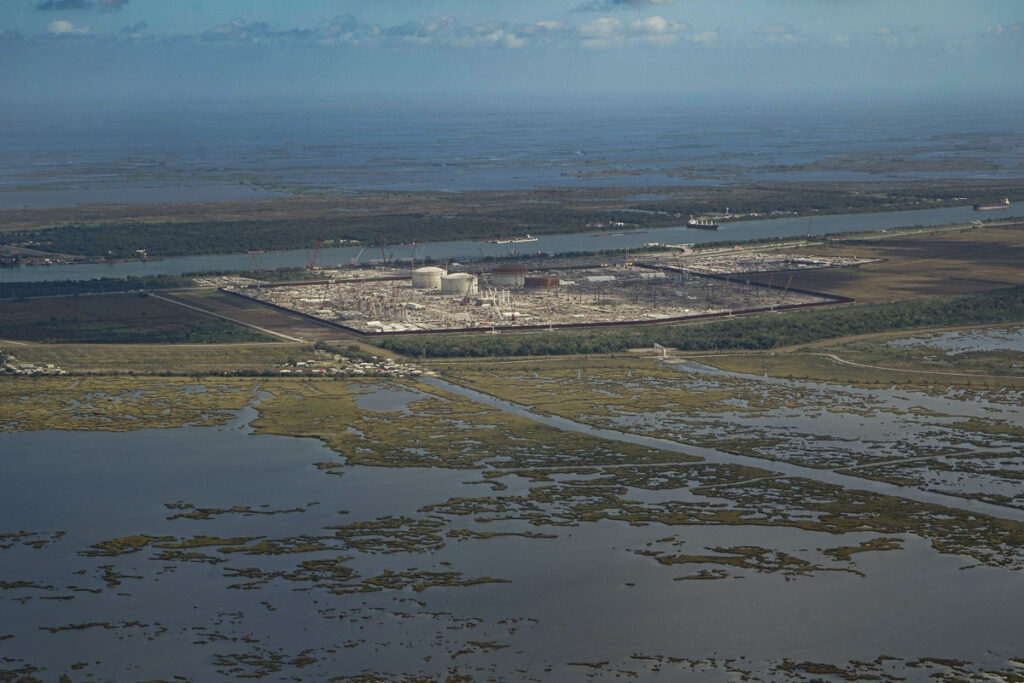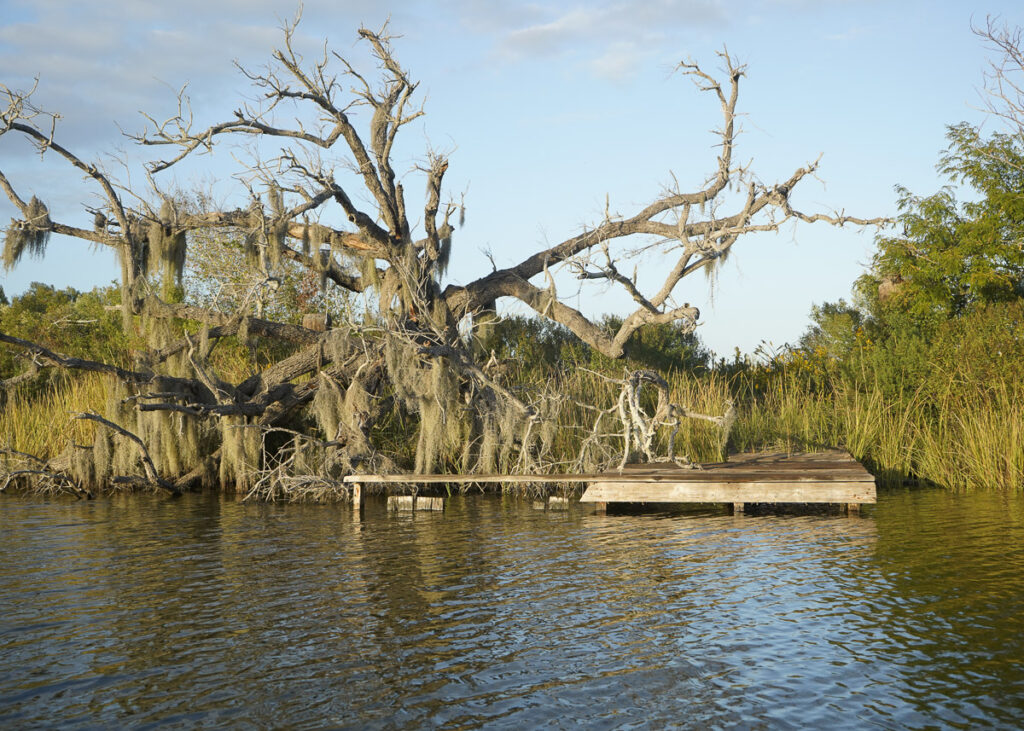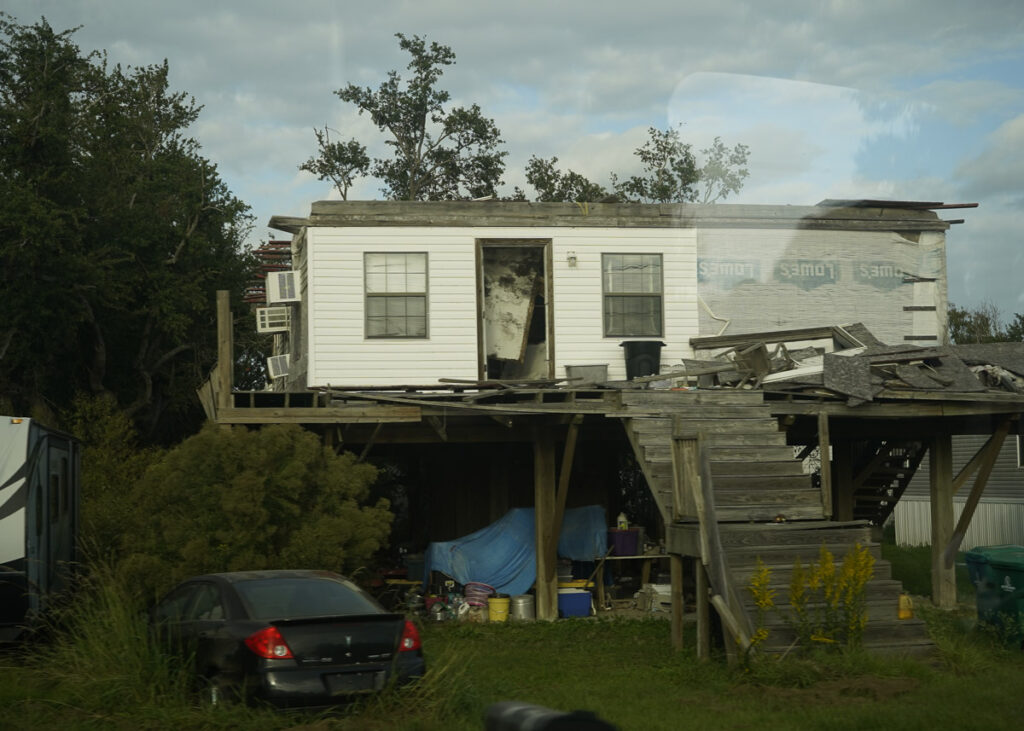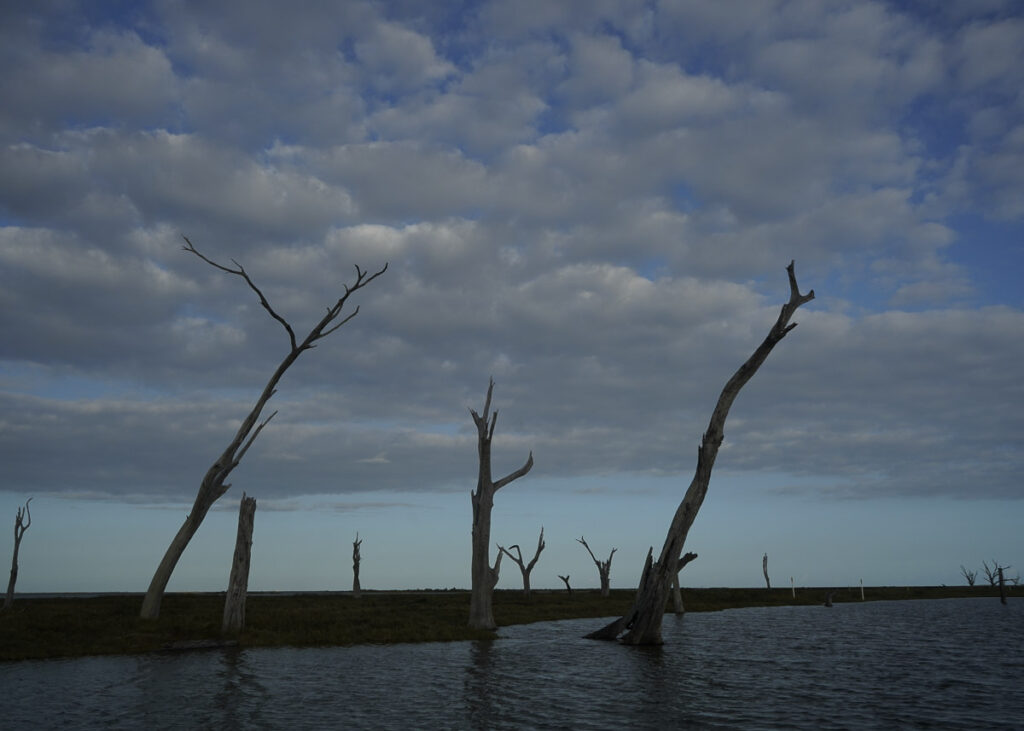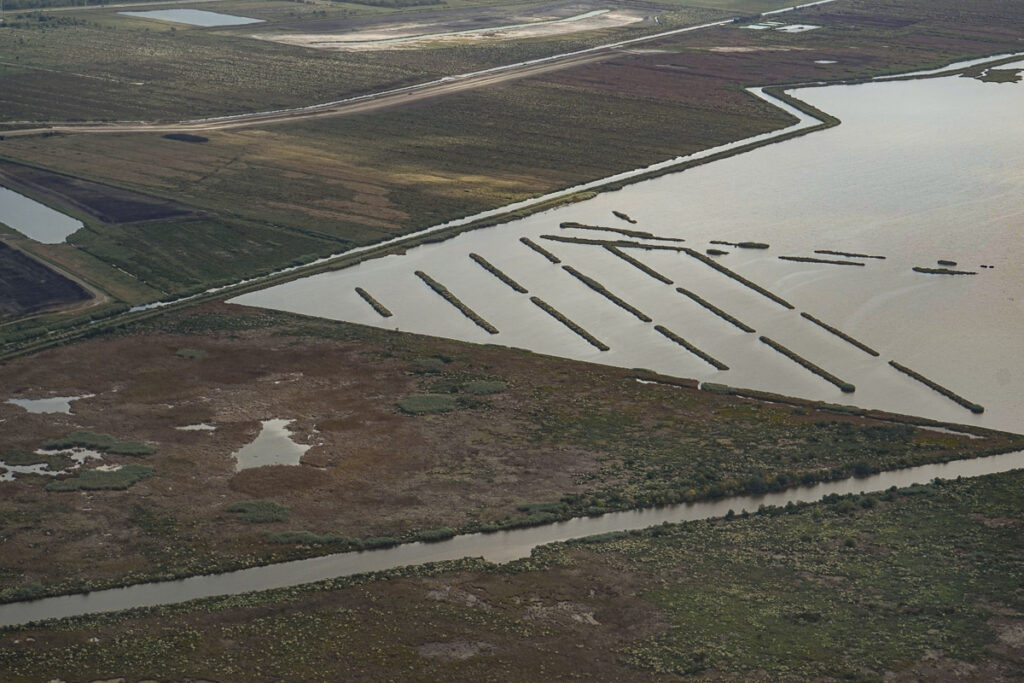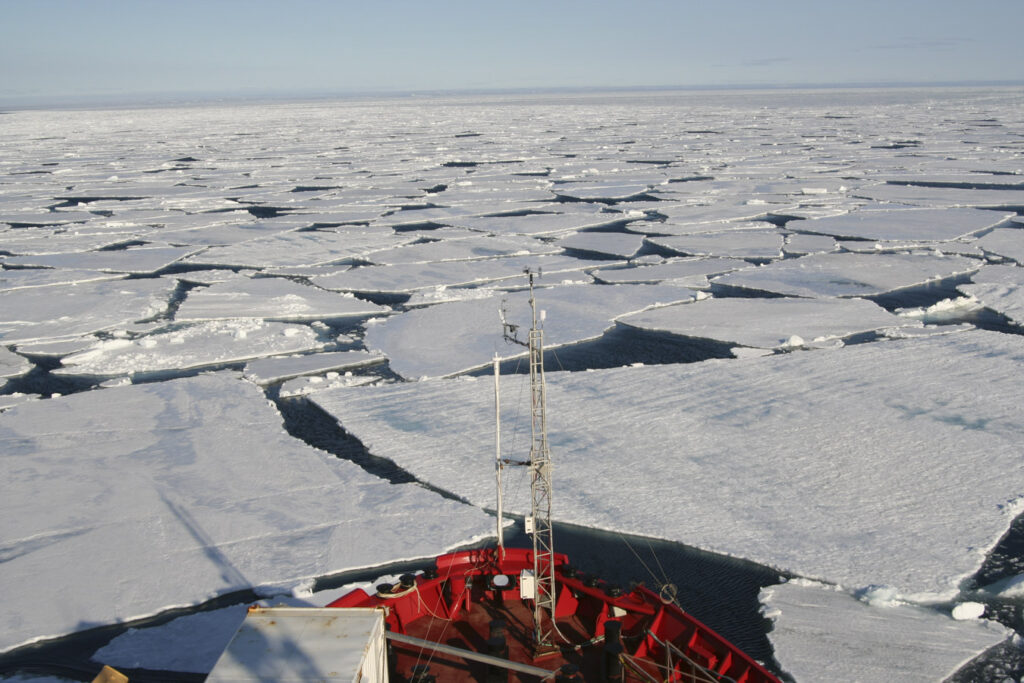
Losing Architectural Memory in Sea Ice
A startling manifestation of climate change is the loss of sea ice over the Arctic Ocean from an area one-third the size of the US. Sea ice keeps the sun’s radiation from overheating the planet, but the ice is now caught in a feedback loop exacerbating its demise. Marine bacteria, the smallest and most abundant of Earth’s organisms, live within this threatened habitat. There they face multiple environmental extremes, including the ever-changing architecture of the ice, driven by hourly-to-seasonally fluctuating temperatures. Although sea ice may look solid, it contains an interior liquid network of interconnected, brine-filled veins and channels – the inhabitable space which shrinks in winter and expands in summer.
Do sea-ice bacteria forget (short-term) or lose (long-term) memory of this unique architectural home and how to live with its extremes? We are currently exploring this question (with other funding) by considering DNA-based mechanisms of bacterial memory and resilience within sea ice, but without the benefit of alternative ways to understand the ice and its interior liquid networks – its negative and positive spaces for life. Here we propose a collaboration between scientists and artists of multiple practices to explore aspects of the fluctuating internal architecture of sea ice that so far have escaped scientific inquiry. Within the time constraints of the grant, we aim to generate a manuscript inclusive of artistic work and lay the groundwork for an art exhibit with the paper as didactic text and for interdisciplinary conference panels for broad discussion of the results.



